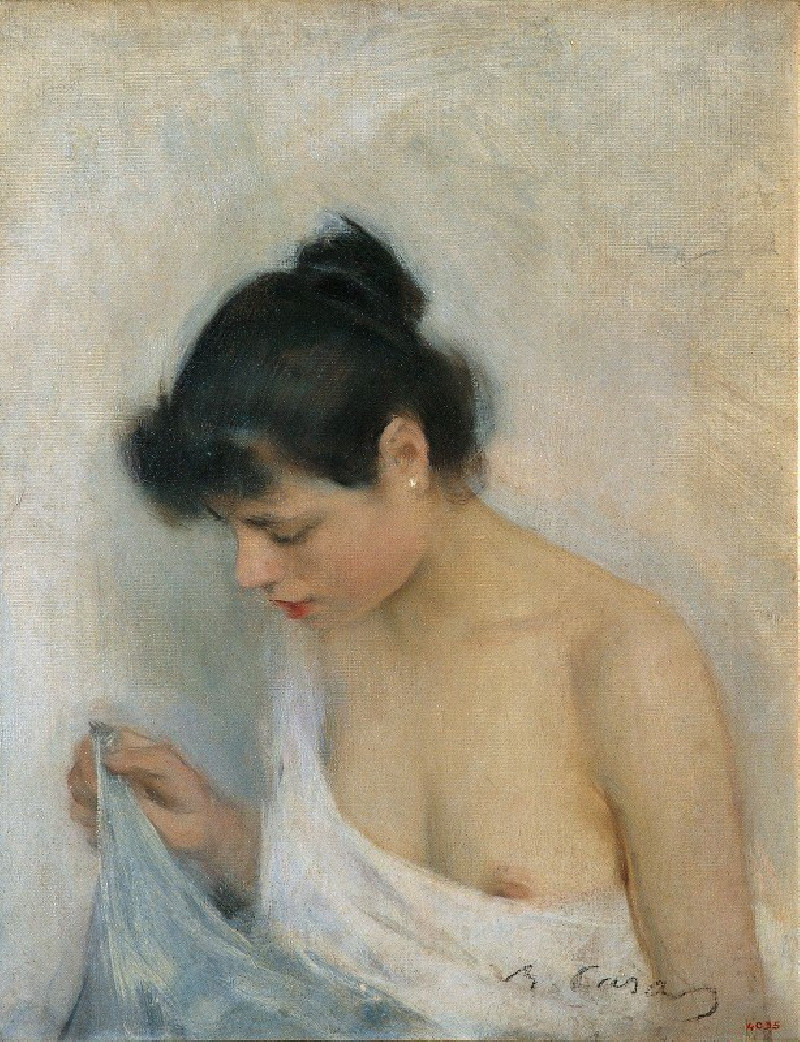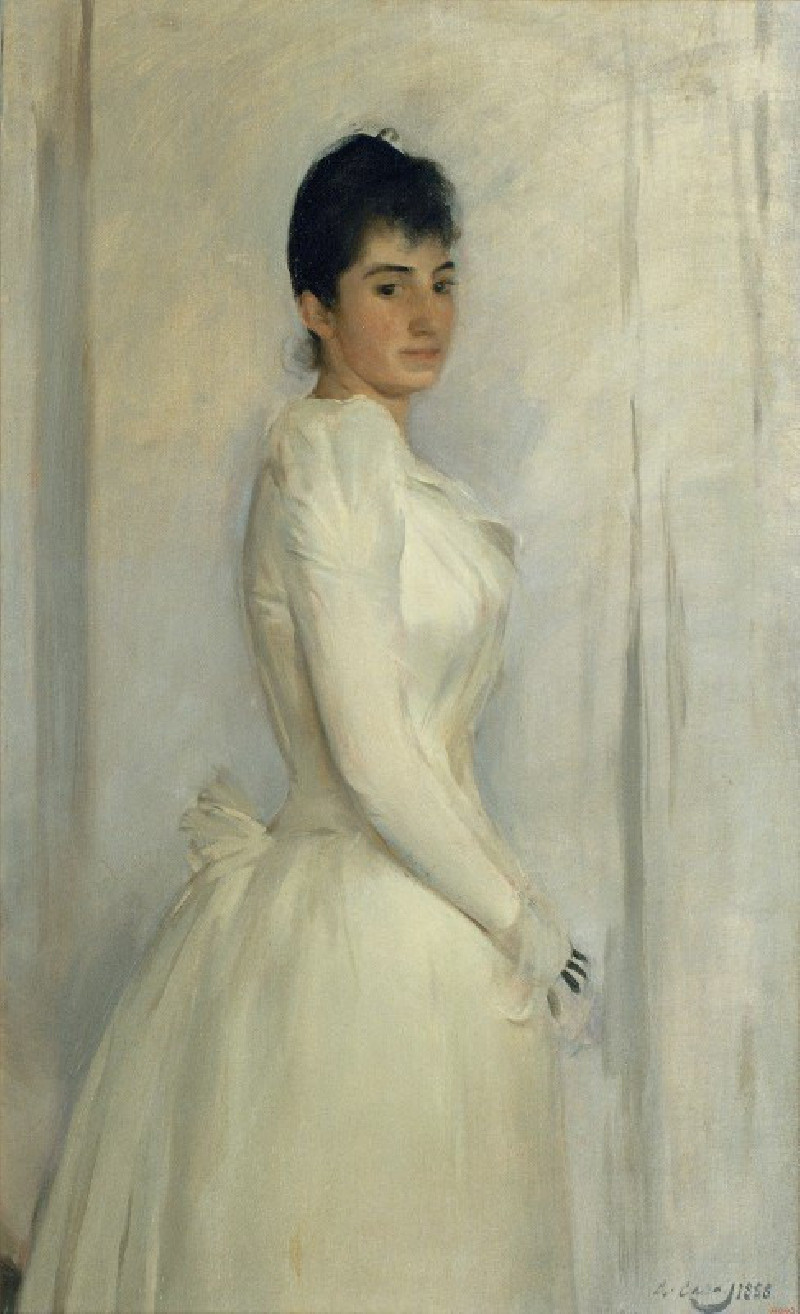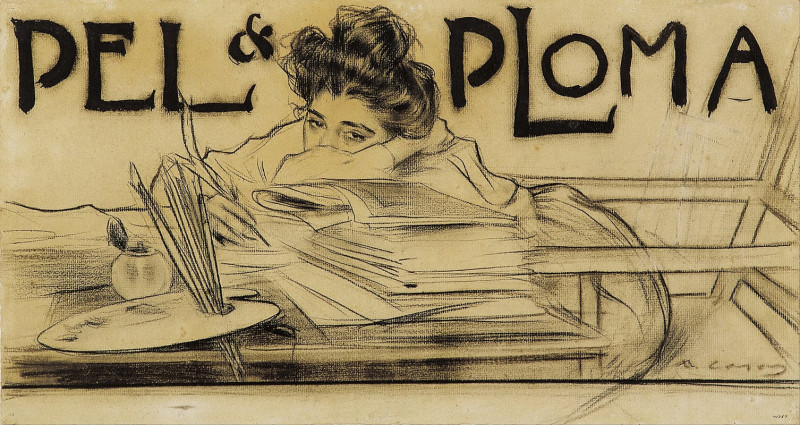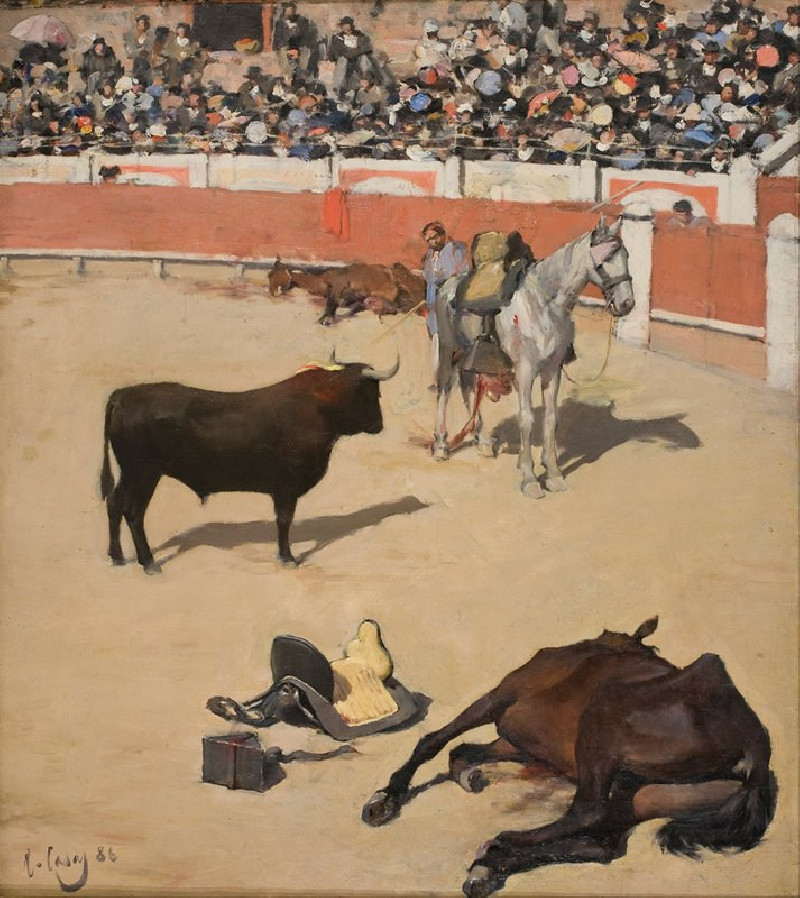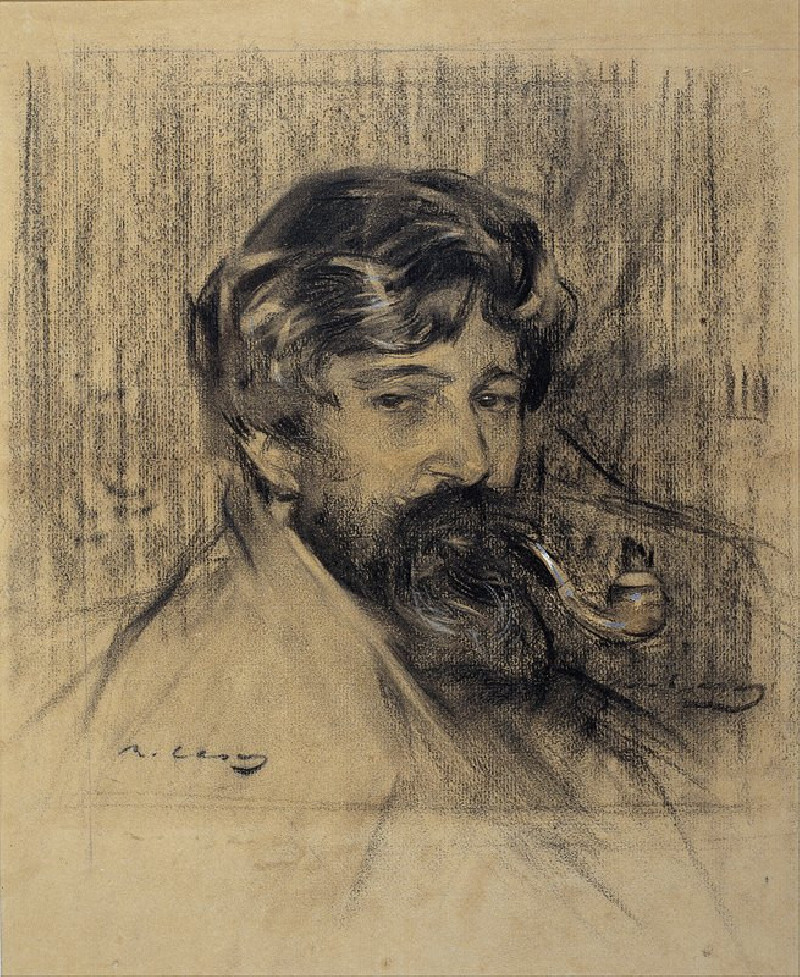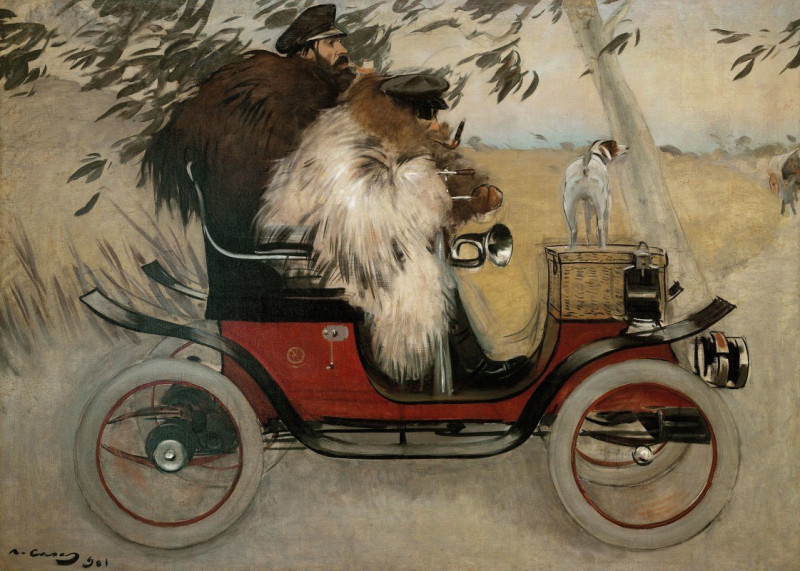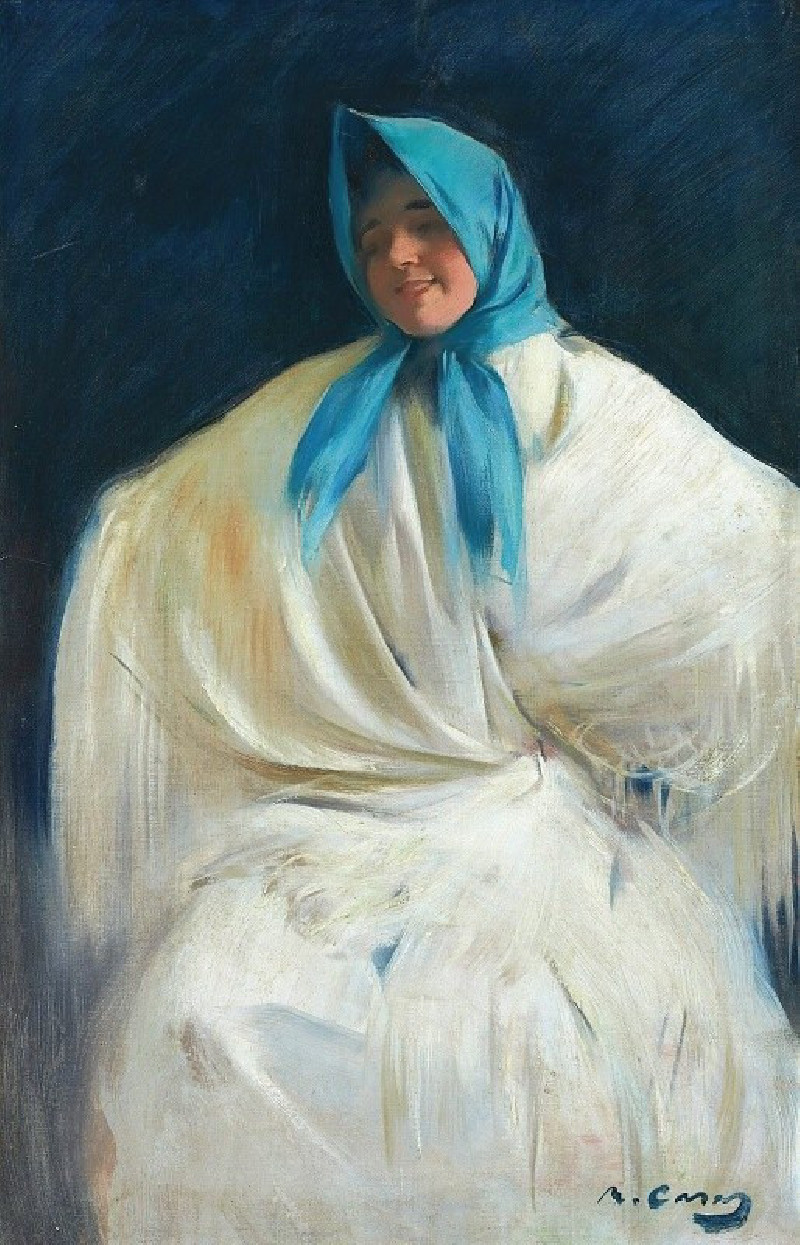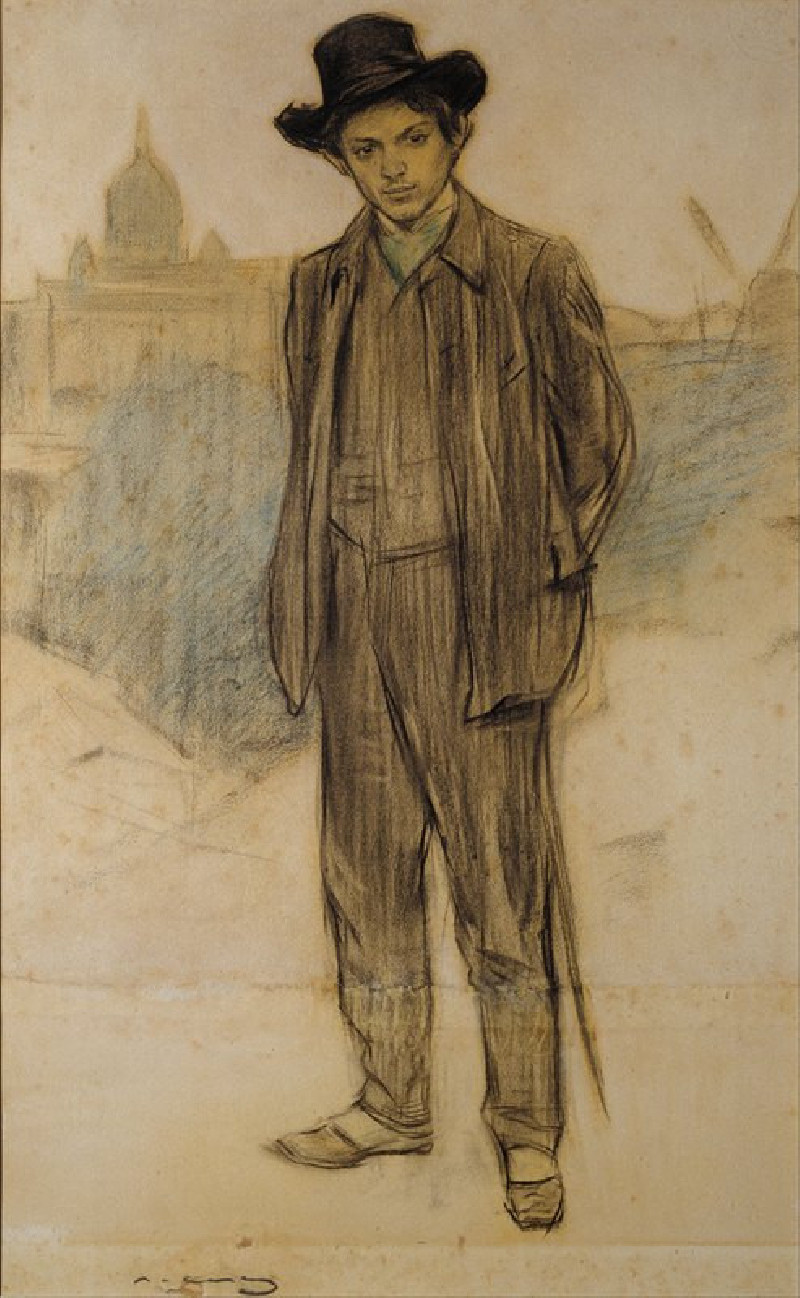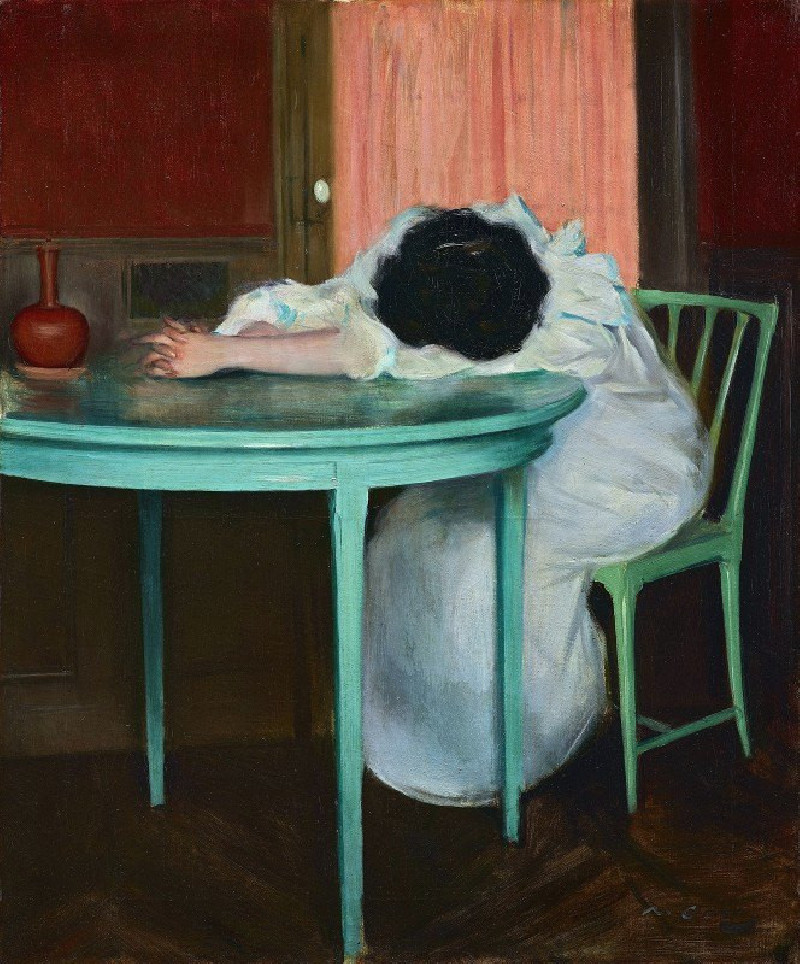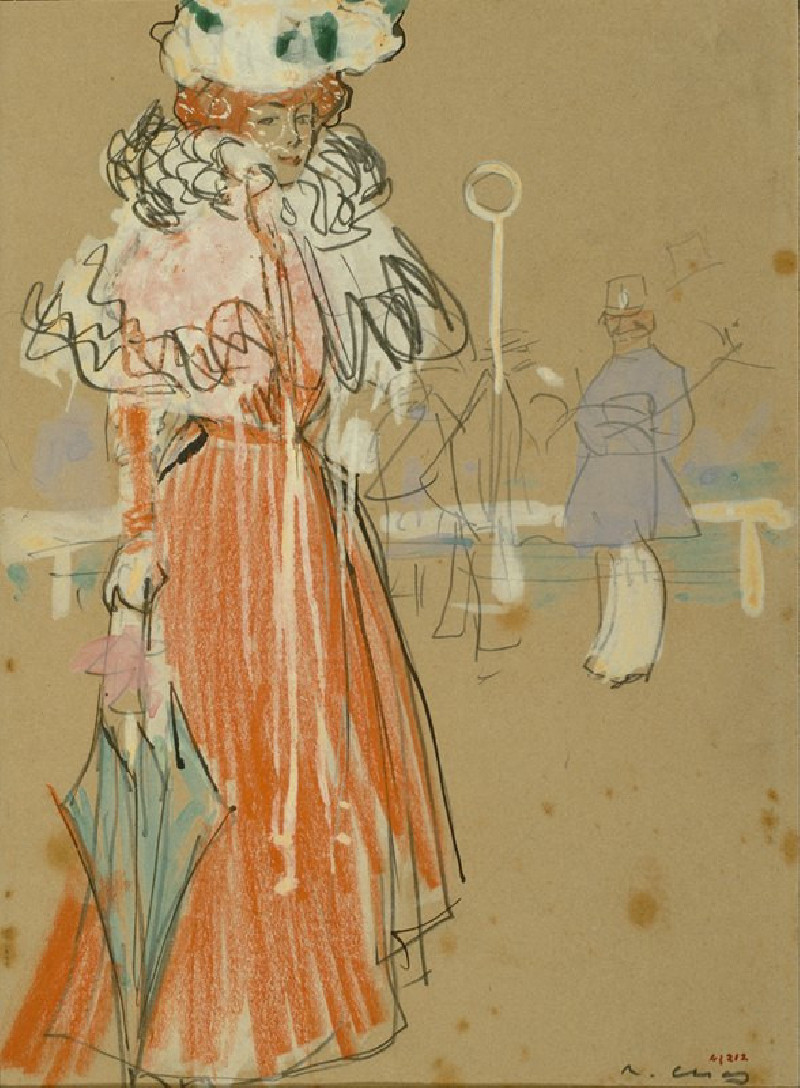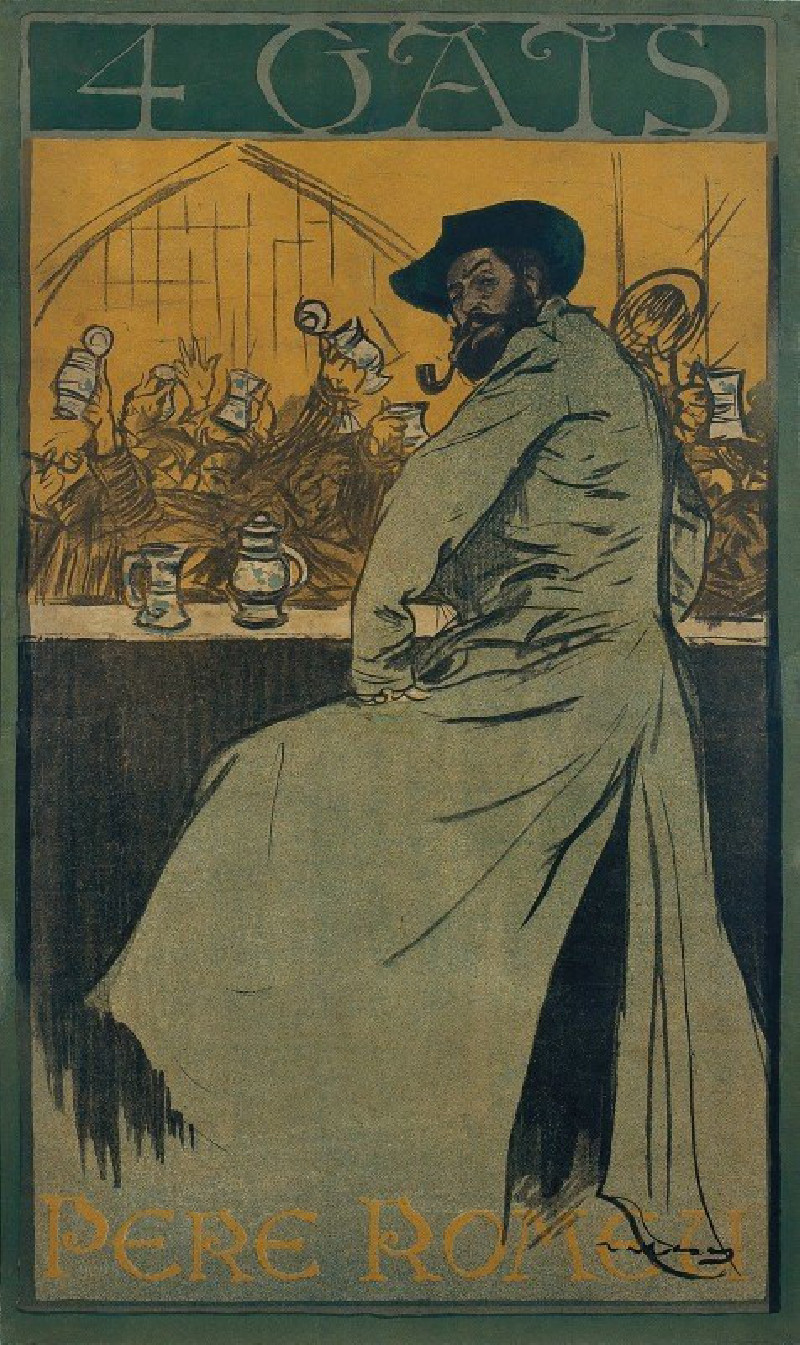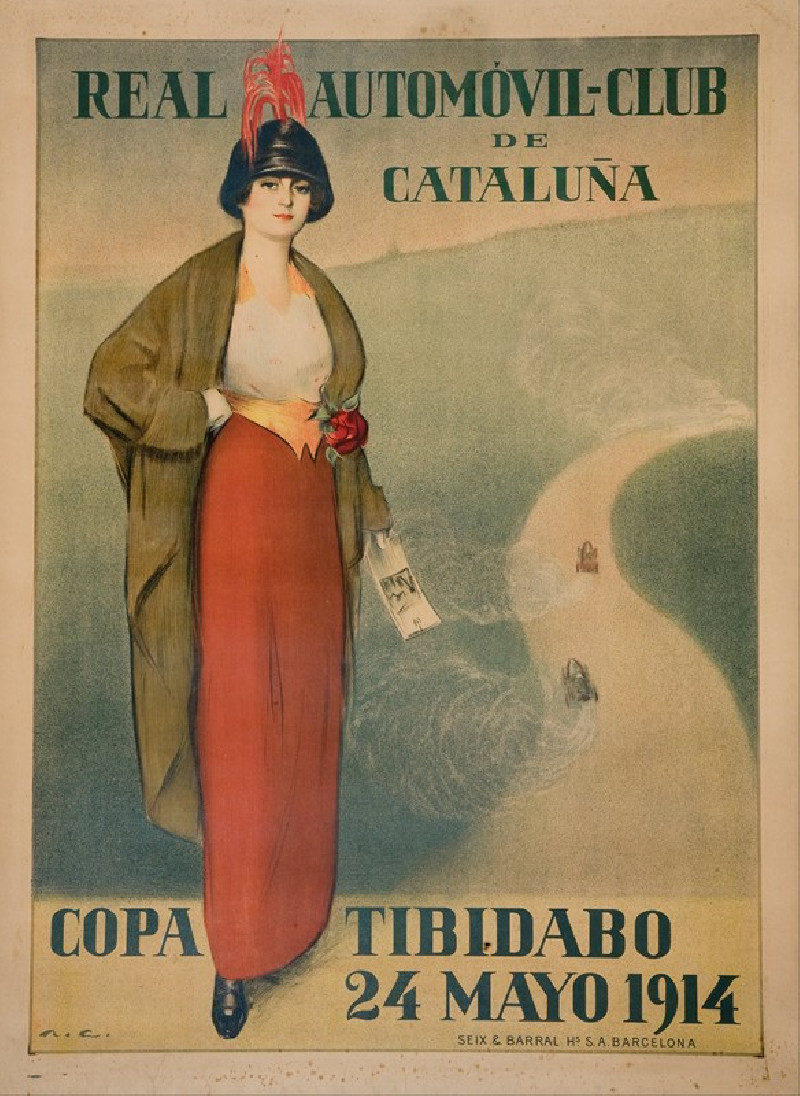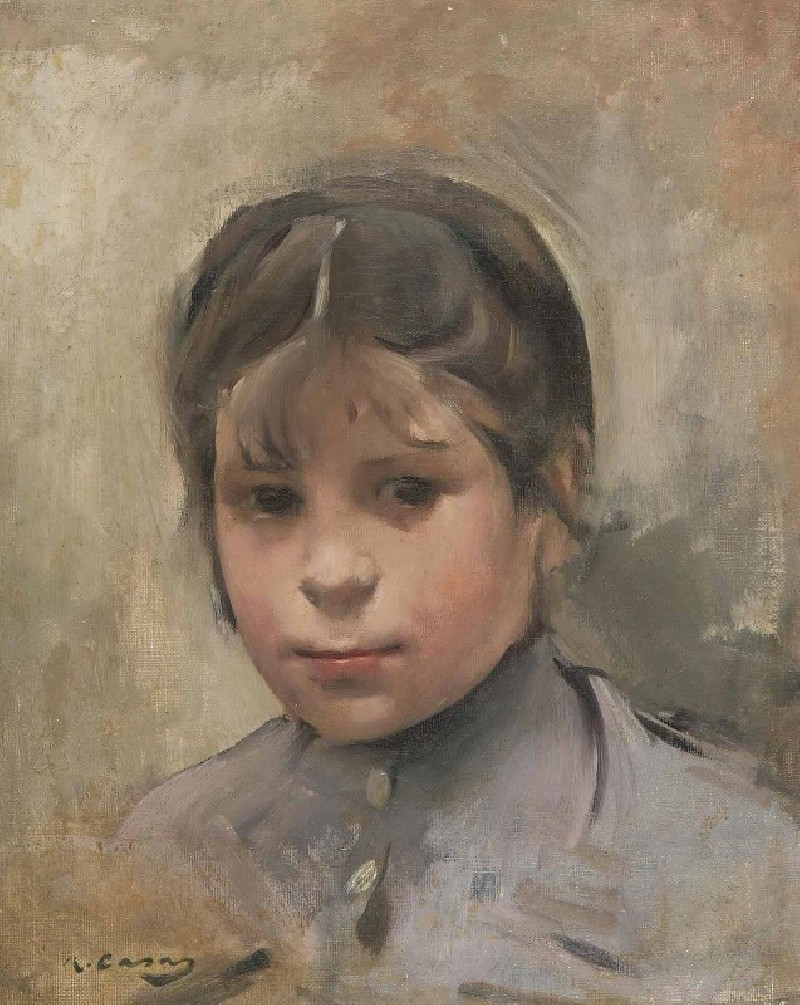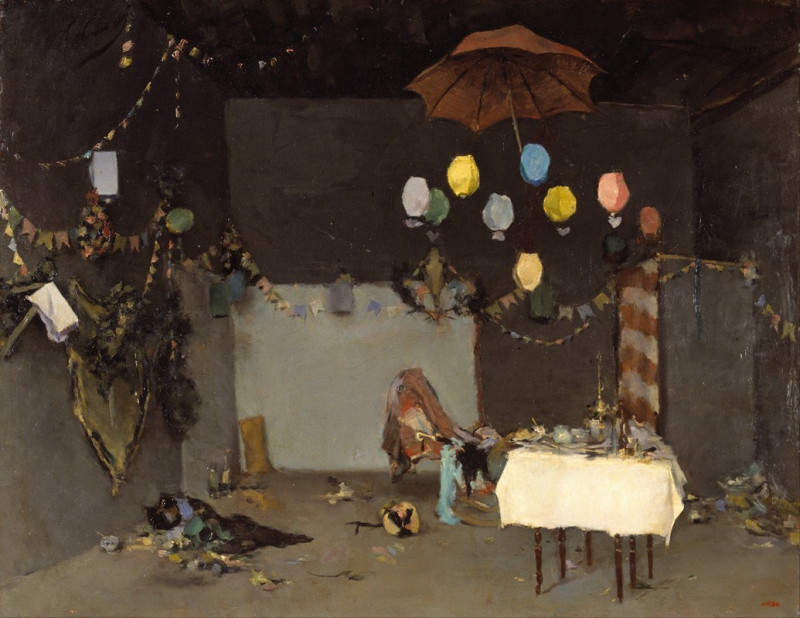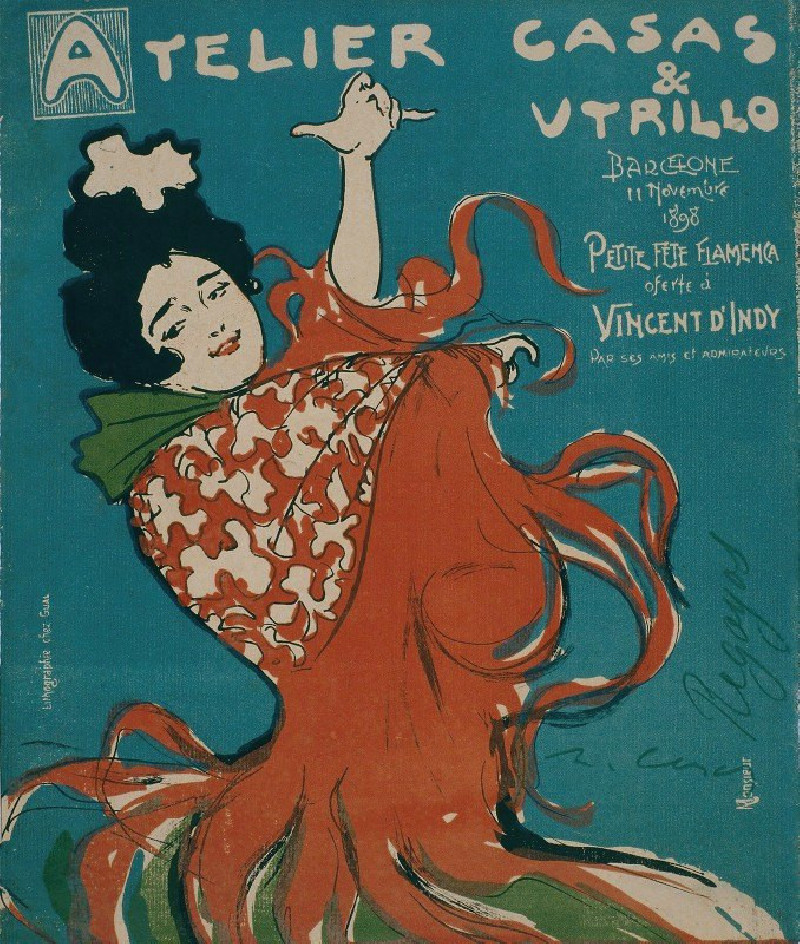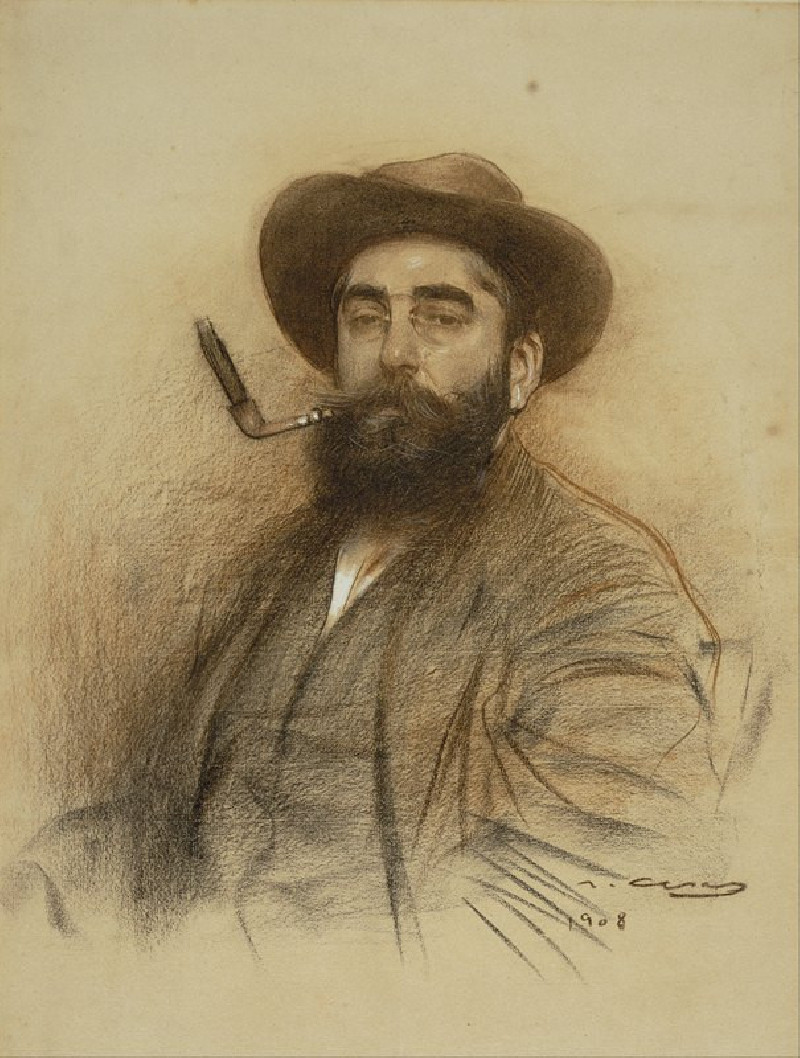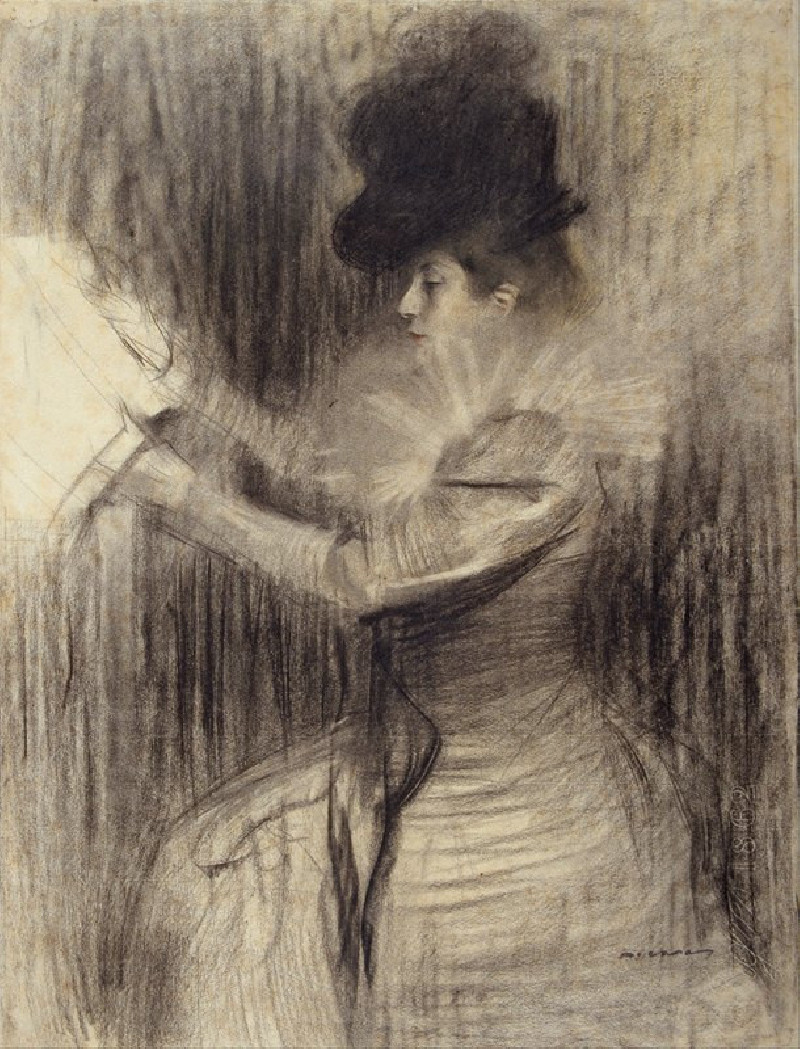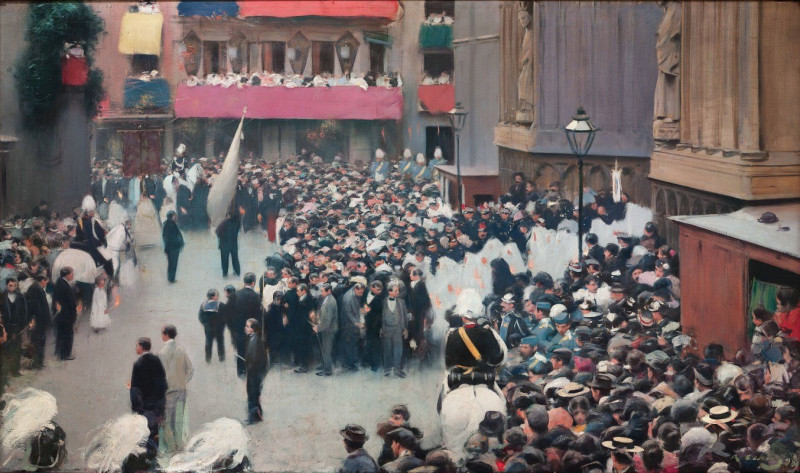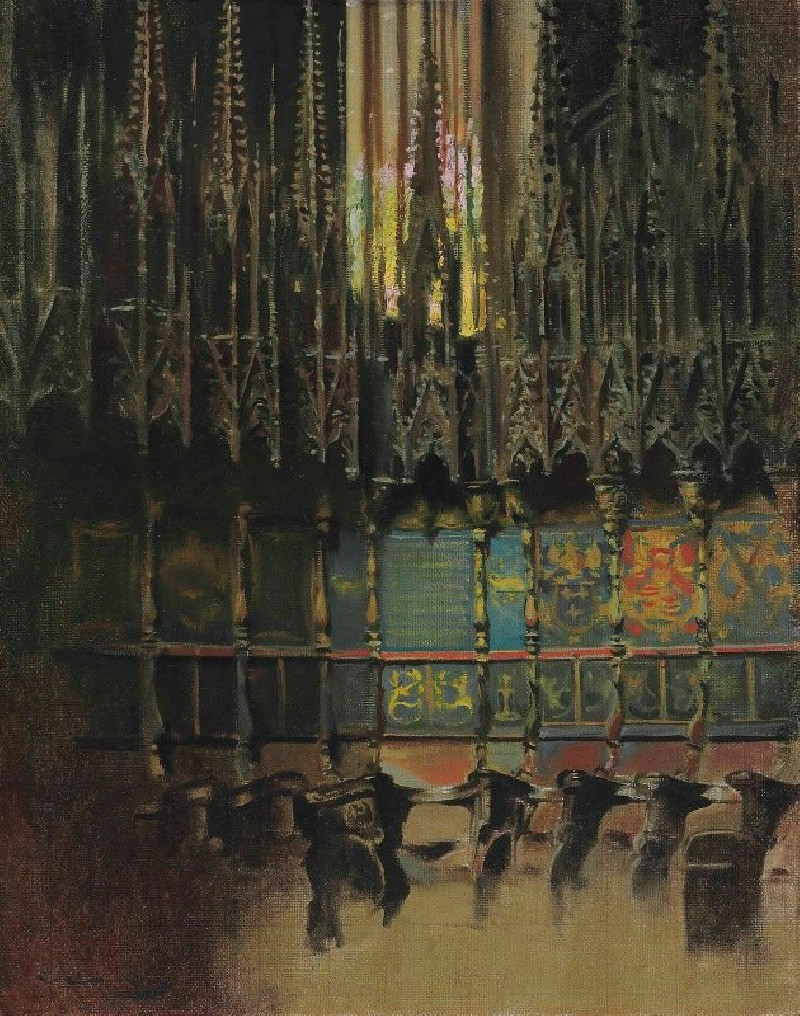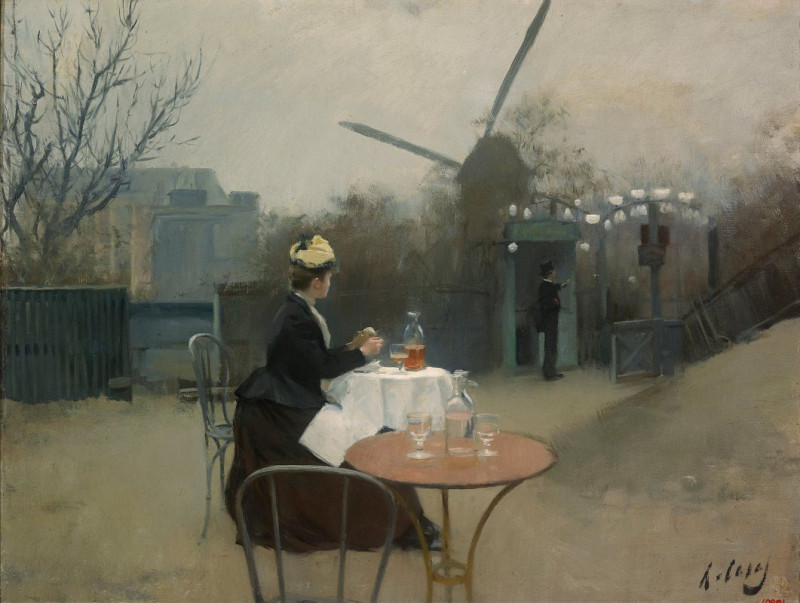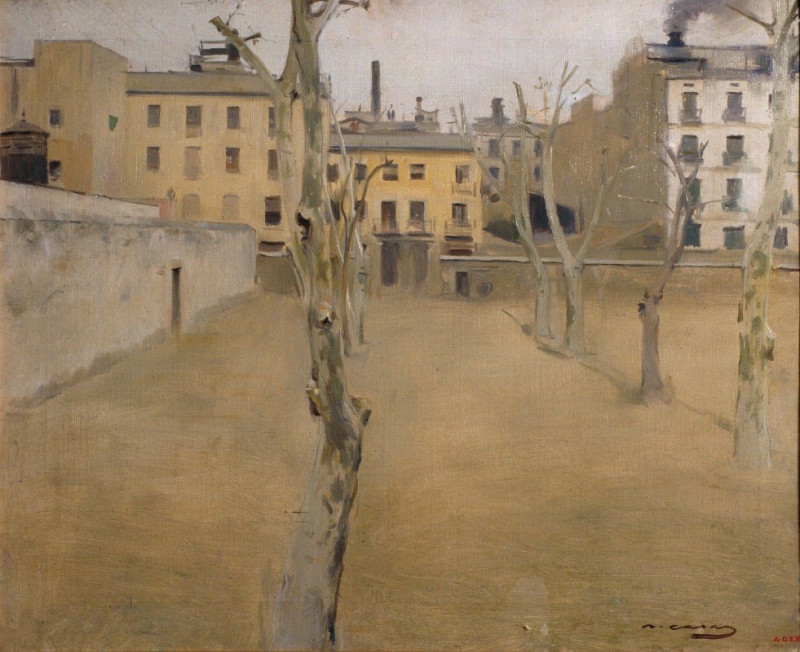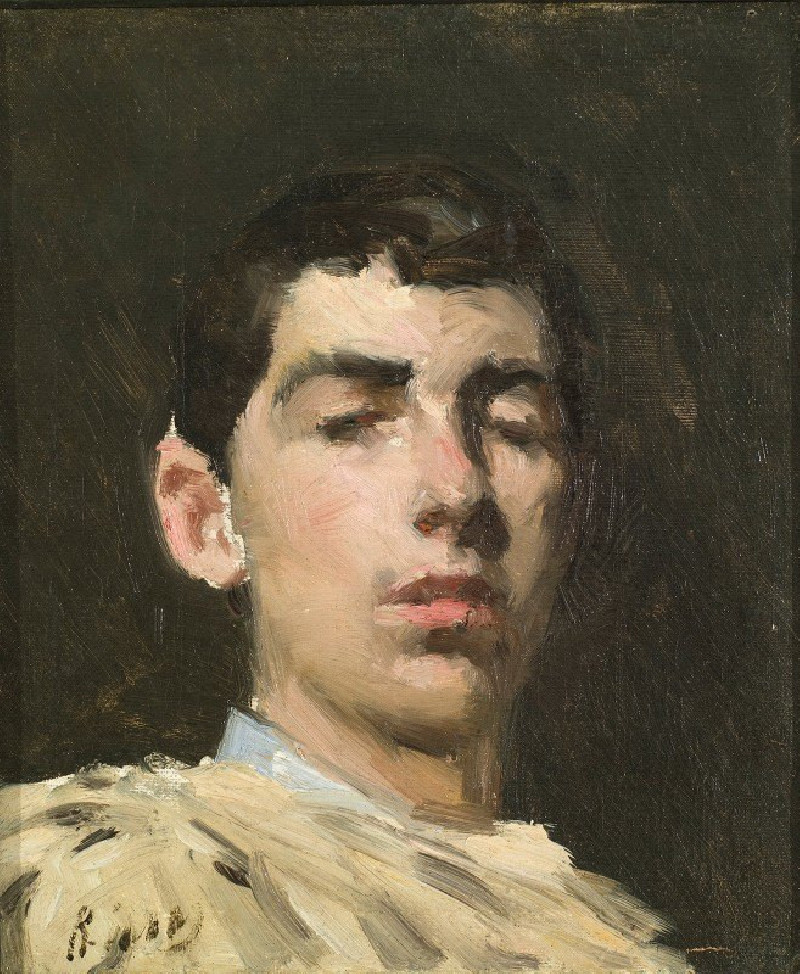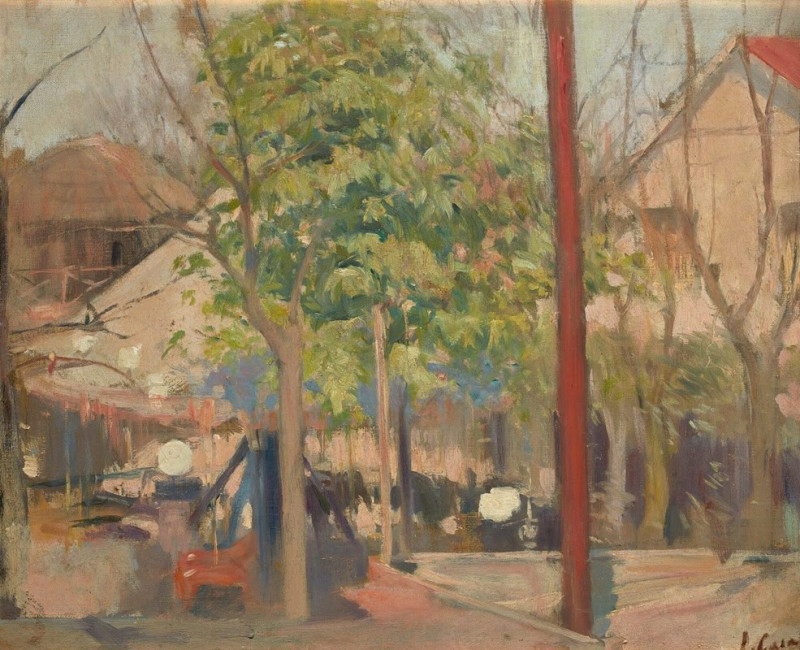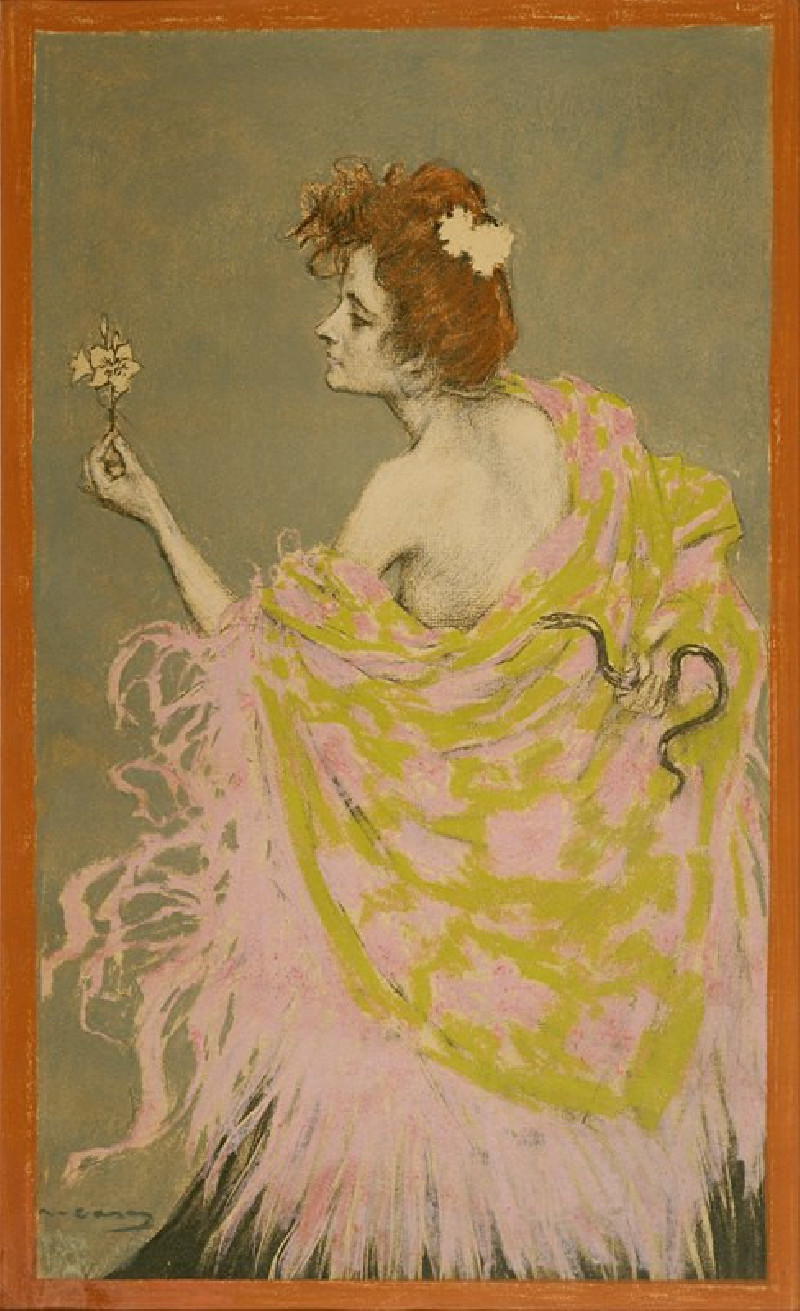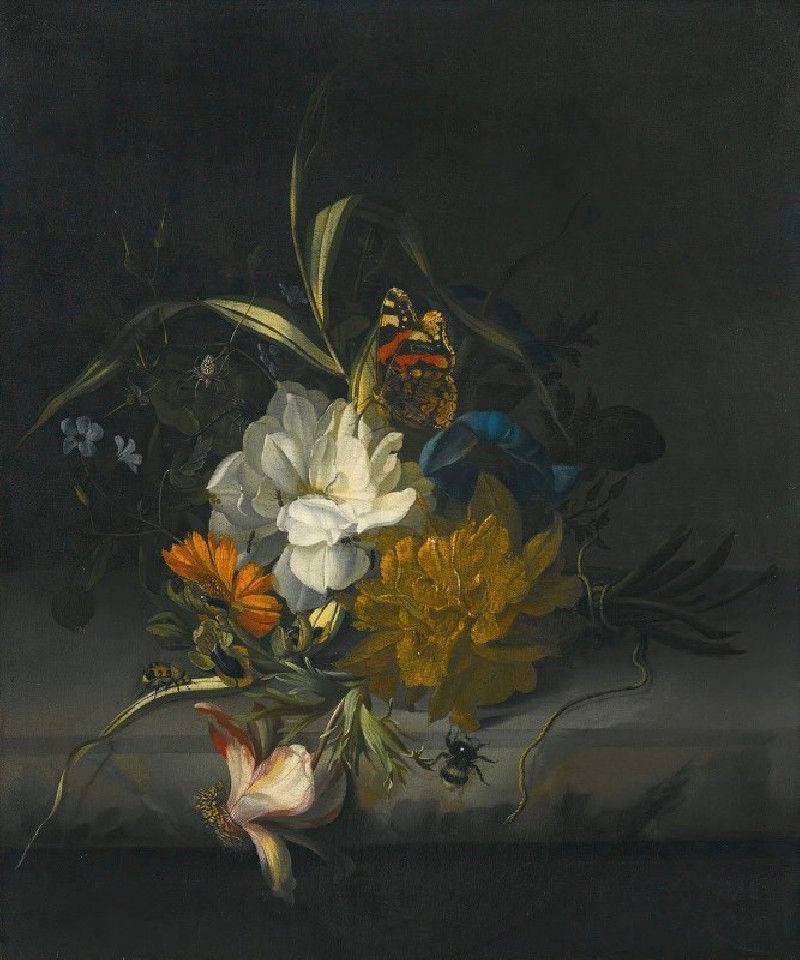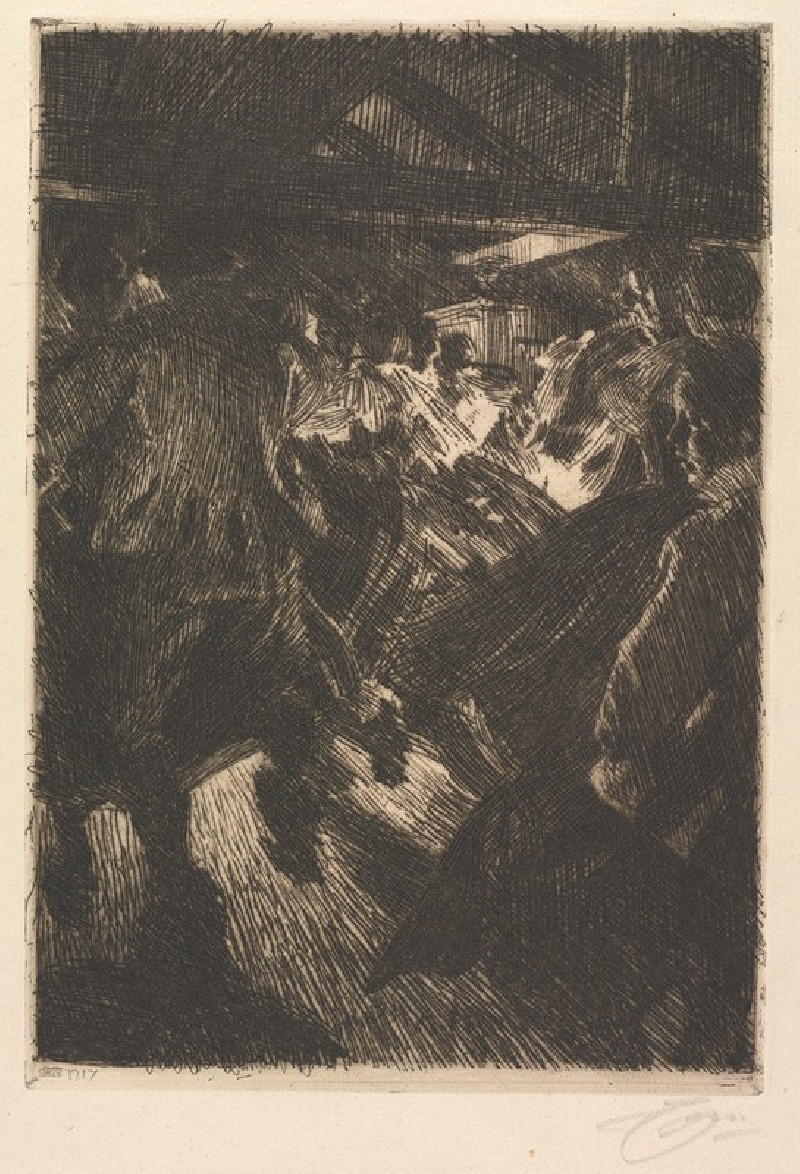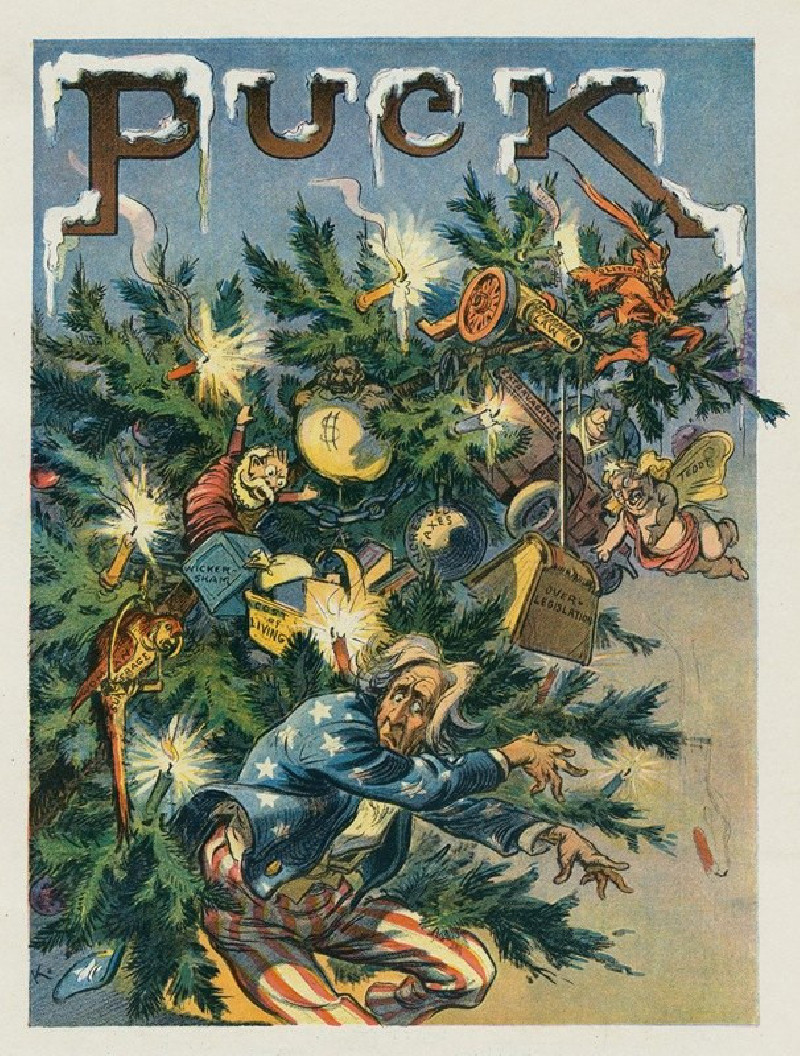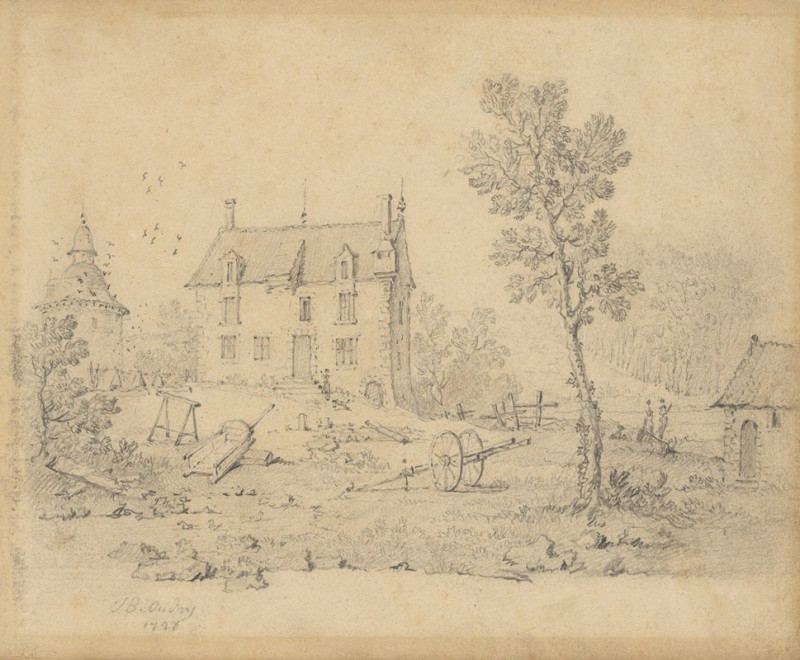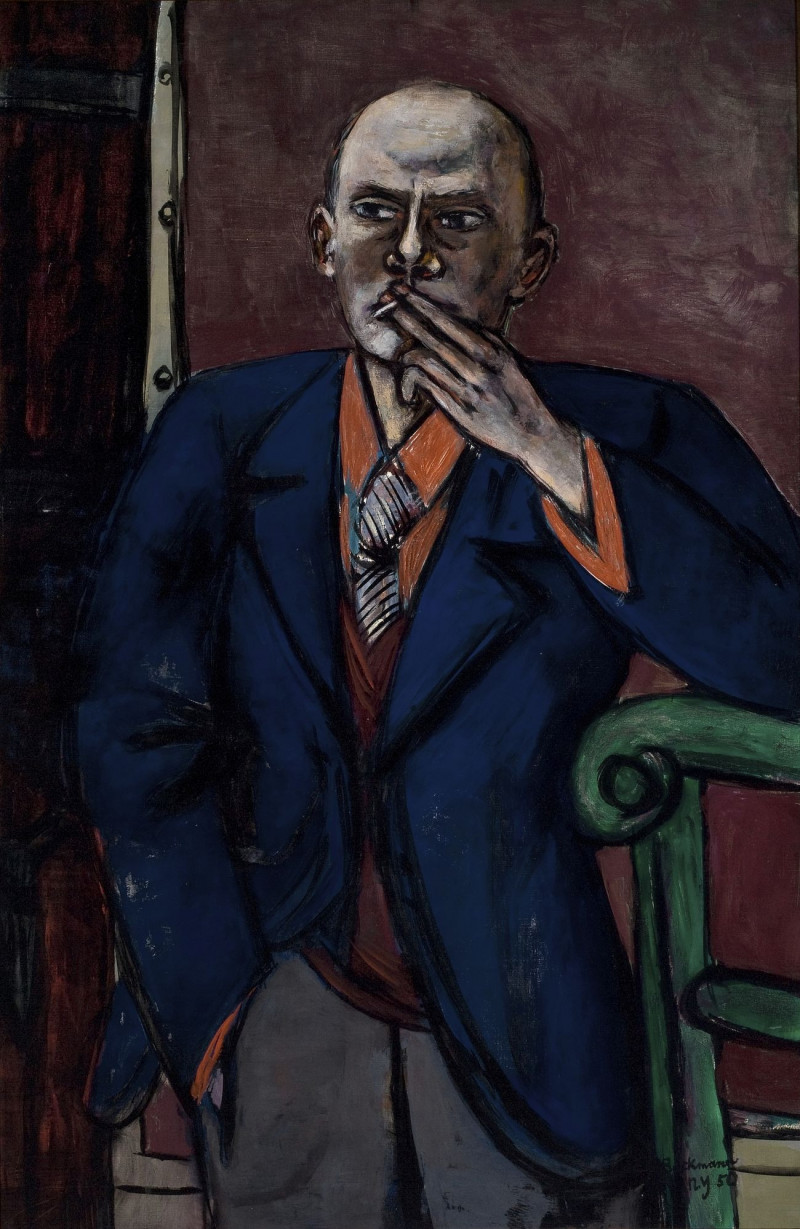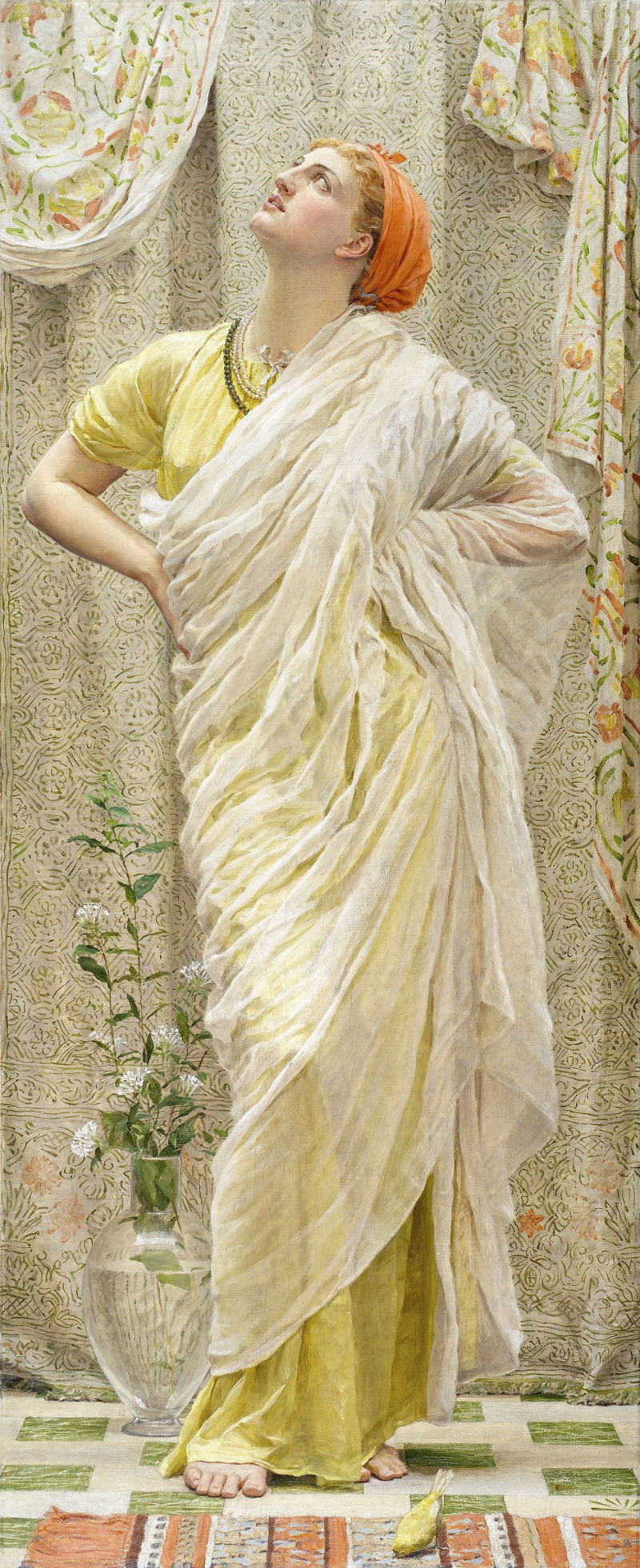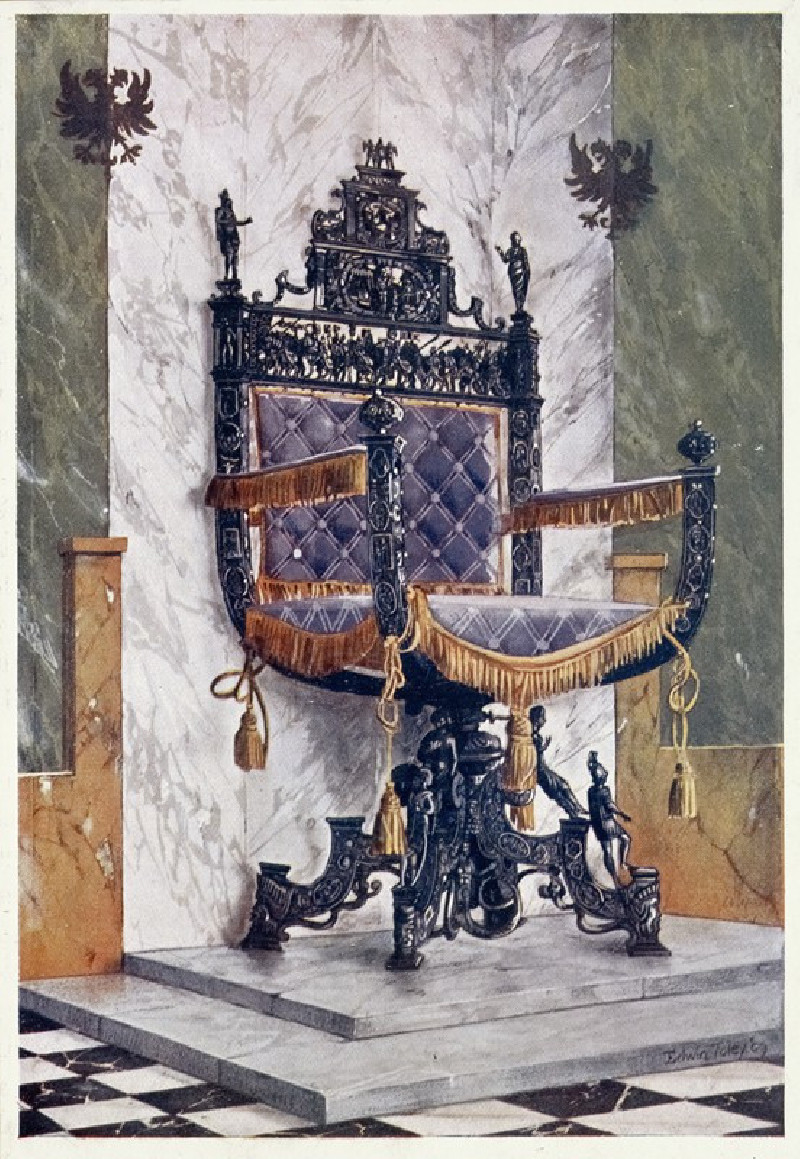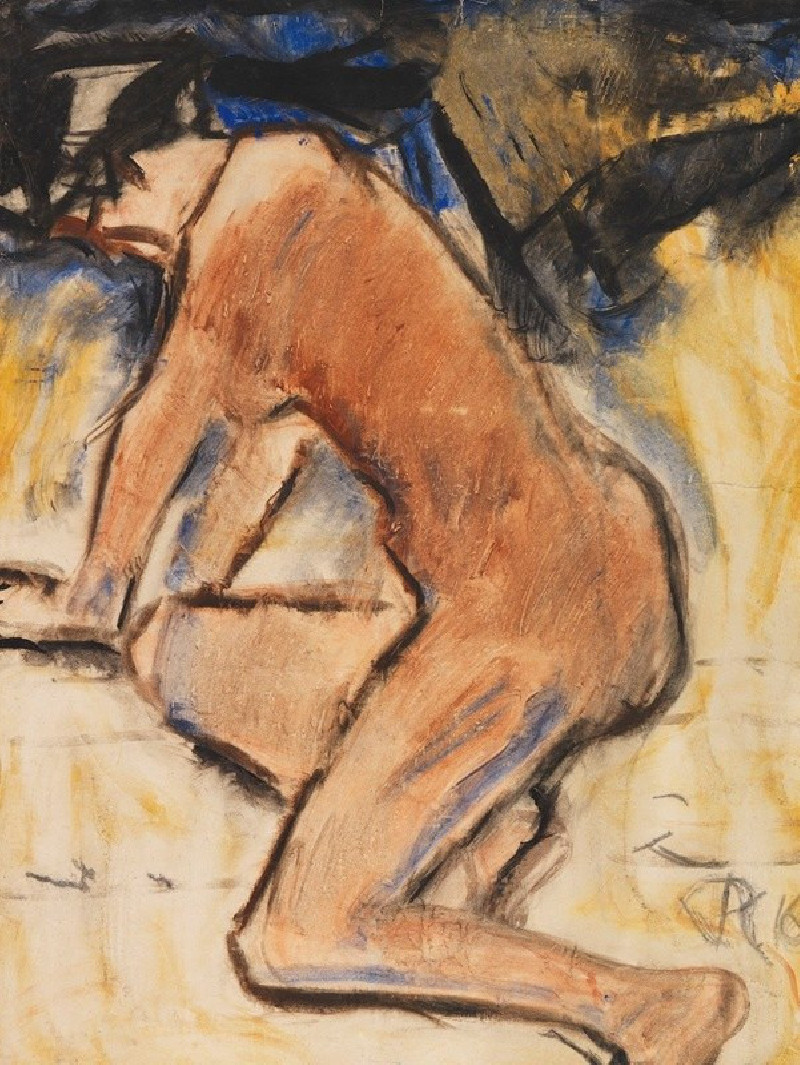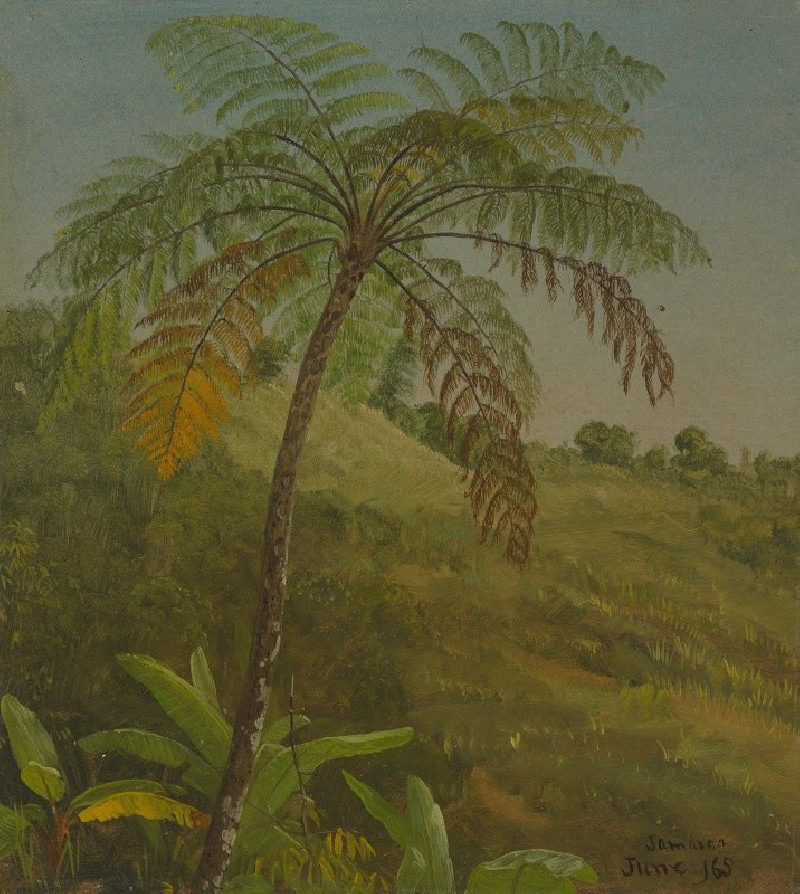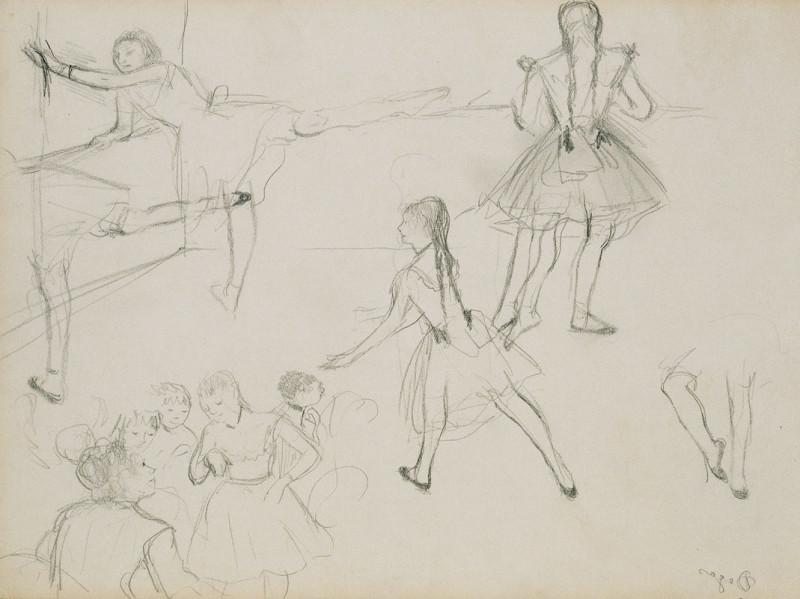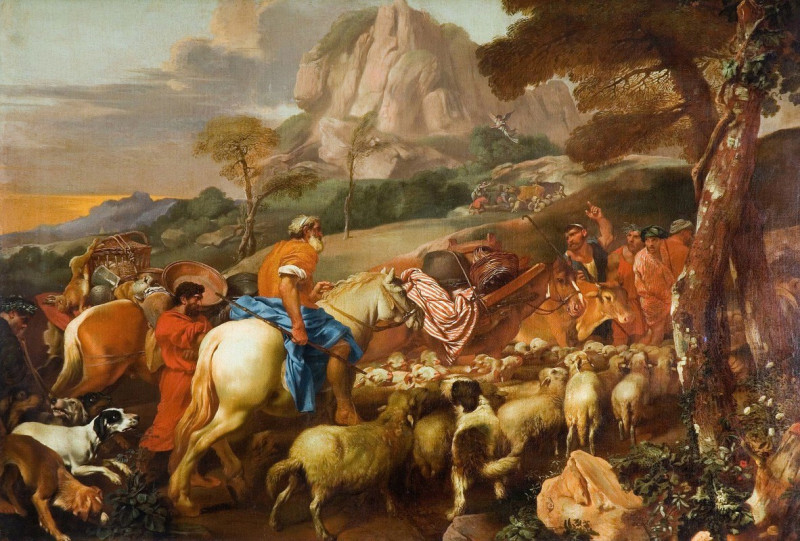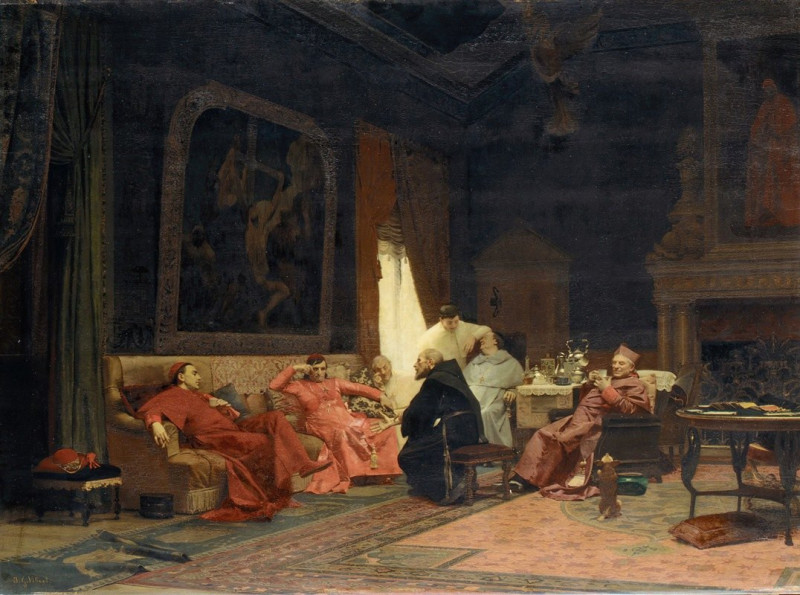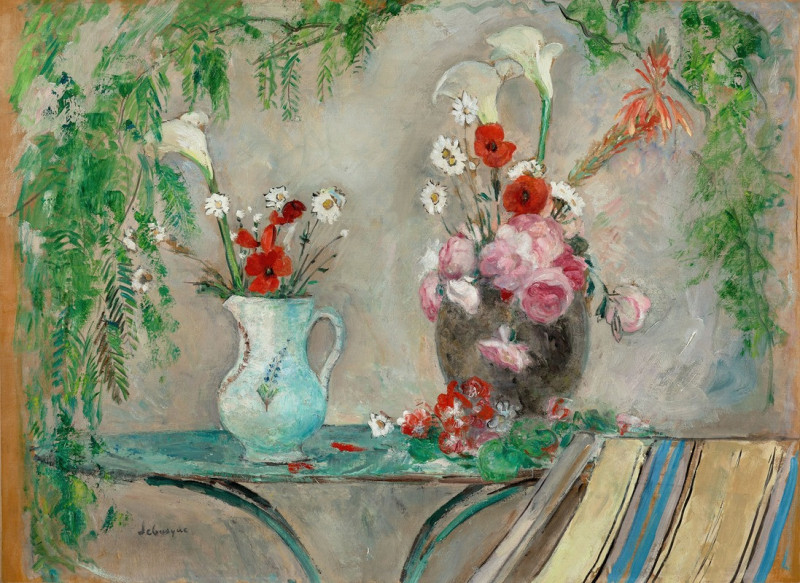Study (circa 1893)
Technique: Giclée quality print
Recommended by our customers
More about this artwork
"Study" (circa 1893) by Ramón Casas is an enchanting oil painting that draws the viewer into a moment of quiet introspection and delicate grace. This painting portrays a young woman, captured at close range, as she attentively examines something within her hands, possibly a piece of fabric. Casas's expertise is evident in the soft rendering of the woman's delicate features and the subtle interplay of light and shadow.The woman's gaze is directed downwards, focusing intently on the object, which adds an element of mystery and serenity to the scene. The gentle drape of the white fabric over her shoulders suggests a sense of vulnerability and elegance, while the neutral background serves to emphasize the figure and her activity.Casas, a pivotal figure in Catalan modernisme, is renowned for his ability to depict realistic human emotions and everyday scenes in his artworks. In "Study," his use of a restrained color palette and the intimate composition invites viewers to reflect on the serene beauty of mundane moments.
Delivery
Returns
Ramon Casas i Carbó was a Catalan artist. Living through a turbulent time in the history of his native Barcelona, he was known as a portraitist, sketching and painting the intellectual, economic, and political elite of Barcelona, Paris, Madrid, and beyond. He was also known for his paintings of crowd scenes ranging from the audience at a bullfight to the assembly for an execution to rioters in the Barcelona streets (El garrot). Also a graphic designer, his posters and postcards helped to define the Catalan art movement known as modernisme.

